Pakistan is feeling more and more like a Chinatown
If you pass him by in his electronic parts and components shop in the Electronics Market in Karachi’s Saddar, Mohammad Ali Arabi would look like any other normal young Pakistani businessman. There is nothing out of the ordinary about him until you hear him conversing on the phone with someone in Mandarin.
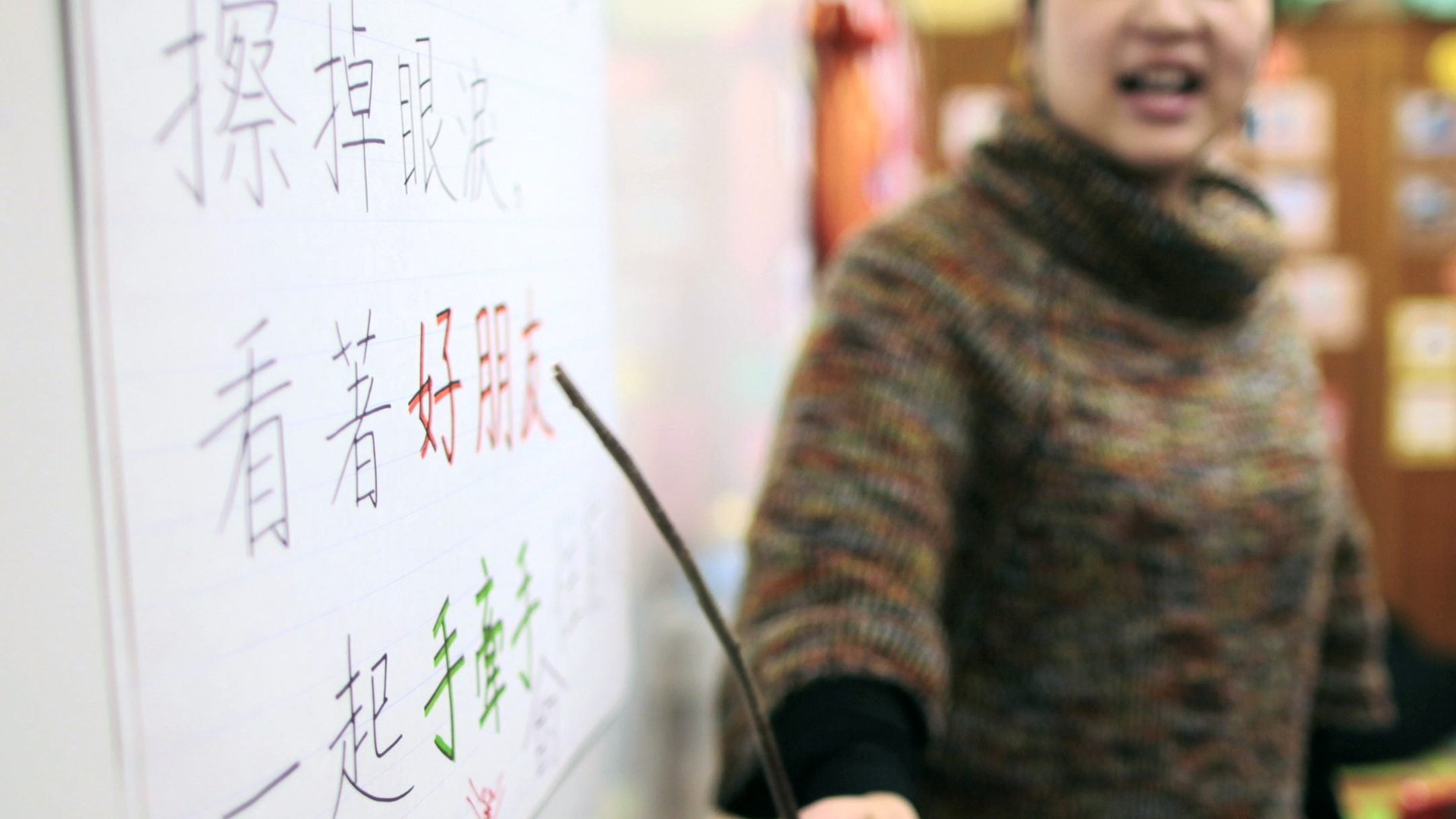

If you pass him by in his electronic parts and components shop in the Electronics Market in Karachi’s Saddar, Mohammad Ali Arabi would look like any other normal young Pakistani businessman. There is nothing out of the ordinary about him until you hear him conversing on the phone with someone in Mandarin.
“Seeing Ali Bhai speaking while making strange facial gestures by twisting his features to pronounce the words, at first we thought that maybe he was possessed or having some kind of a fit,” laughs another shop owner in the market. “But now we are used to his speaking the language of our Chinese friends. He is often on the phone with someone or the other in China,” the shopowner adds.
“I learnt the language back in 2002 from a Chinese lady visiting Pakistan for her work,” says Arabi. “Her work required her staying in Karachi for extended periods and I helped her get by in things such as helping her find office space, where to buy groceries from, etc. In return, I requested her to teach me her language,” he says.
“The Chinese don’t call their language ‘Chinese’ or ‘Mandarin’. They call it Putonghua,” Arabi explains. “They don’t even refer to their country as ‘China’. For them it is Zhonghua, meaning ‘central country’.
“Learning the language has helped me a lot in knowing our friends better. It has also helped me in expanding my own electronics business. I often travel to mainland China where speaking the local language helps. Though everyone there is most kind on learning that I’m from Pakistan, when they find that I am fluent in their language, too, they sell me something they will sell you for 10 Yuan for just two or three Yuan,” says Arabi.
The spoken word
At the Axinstitute for Chinese Language, Asim Qadri says that his father had stressed the importance of learning Chinese 20 years ago. “There was no talk of the China-Pakistan Economic Corridor [CPEC] back then,” he explains. “But I believe my father was a great visionary and a very wise man indeed to have realised all those years ago that the old friendship between China and Pakistan would pave the way for further interaction between the two peoples. He said it was going to be the language of the future in this region. He could speak German and Arabic himself and for us he predicted the importance of Chinese.”
Having acted on his father’s advice, Qadri now teaches the language at his institute in Karachi’s Gulshan-i-Iqbal along with also offering courses at some of the biggest and best universities of the city.
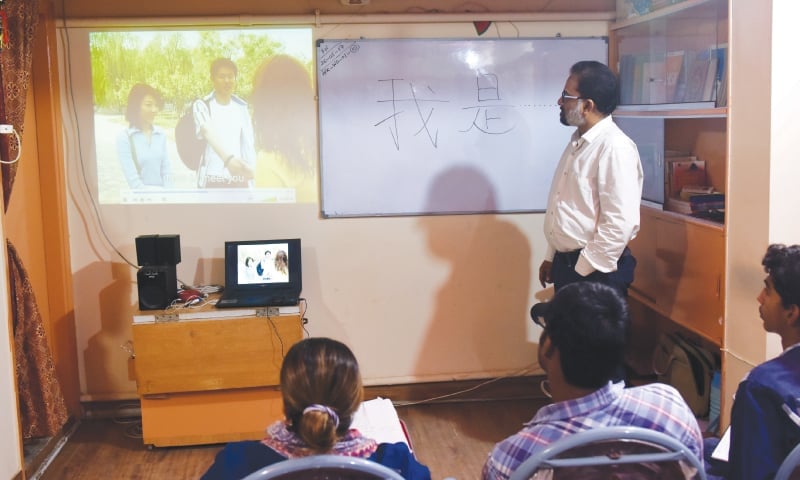
“The language may seem difficult to you at first but not after I explain the fundamentals to you,” Qadri explains to his class. “Speaking Chinese is all about tone. The language constitutes four basic syllables. The meaning of a word in Chinese may change according to the tone or syllable used in pronouncing it. It may be the same word though. Also,” he adds, “like we have alphabets in Urdu and English, there are no alphabets in Chinese. Maybe written Chinese may seem like a bunch of insects to you at first but after careful study you would notice that they are pictograms. Writing ‘tree’ will have you actually drawing a symbol that looks like a pine tree, writing ‘heart’ will have you draw the outline of a heart,” he demonstrates while writing on the board,” he says.
The majority of Qadri’s students are businessmen or professionals working in fields where they have plenty of interaction with the Chinese. “So they want to learn functional or spoken Chinese. I have specially designed short courses for them. After studying one module, those who already have some interaction with the native Chinese are able to build further on their language skills through practice,” he points out.
One of Qadri’s students, Maria Qayyum Farooqui, a project communications executive with an events management company, says that they get Chinese delegations that they are expected to communicate with all the time. “Chinese people are very sharp. They understand a bit of Urdu and English, too. But we are at a disadvantage when trying to get our message across to them,” says Maria.
Some years ago, Mohammad Aftab, a youth from Abbottabad working with the Indus Motor Company Limited found an opportunity to travel to Korea. He wanted to work there but as things didn’t work out according to plan, he found himself travelling to China on a five-year visa. During his stay there he got by doing small jobs. He also learnt the local language. Aftab wanted to stay on in China as he couldn’t really envision making a life for himself in his native Abbottabad. But after overstaying his welcome there—when his visa expired—the young man was unceremoniously deported to Pakistan.
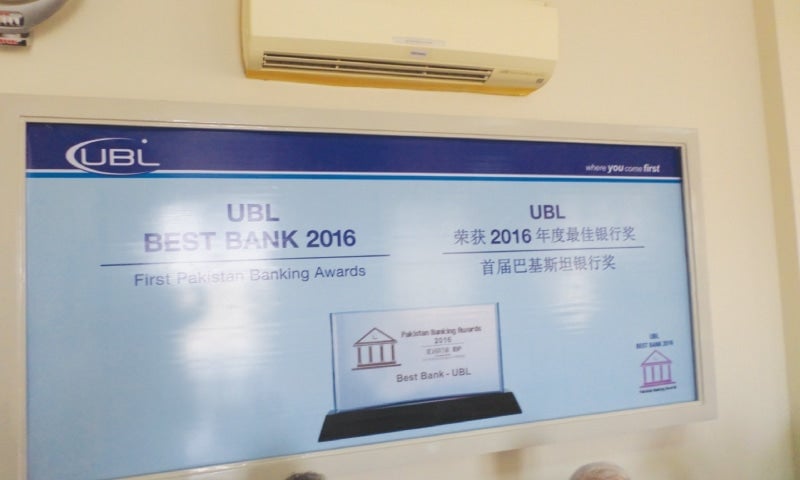
Aftab’s story doesn’t end just there. After coming back here, he worked as a part-time electrician for some time, earning around 500 rupees a day, when he could find work here, that is. It was like this until he realised that he possessed a valuable skill—fluency in the Chinese language. Today, he is employed with the Hazara Motorway Project and the high-paying job he landed is because of his fluency in Mandarin. Aftab earns almost 200,000 rupees monthly as the main liaison person between the local workers and the Chinese technicians working with the company to build roads.
Knowledge is power
The news, two years ago, that Mandarin as a subject was to be made mandatory in schools in Sindh from class six to class 10 was frowned upon by many who questioned the idea behind teaching of an alien language when kids here hadn’t even mastered the regional or official languages.
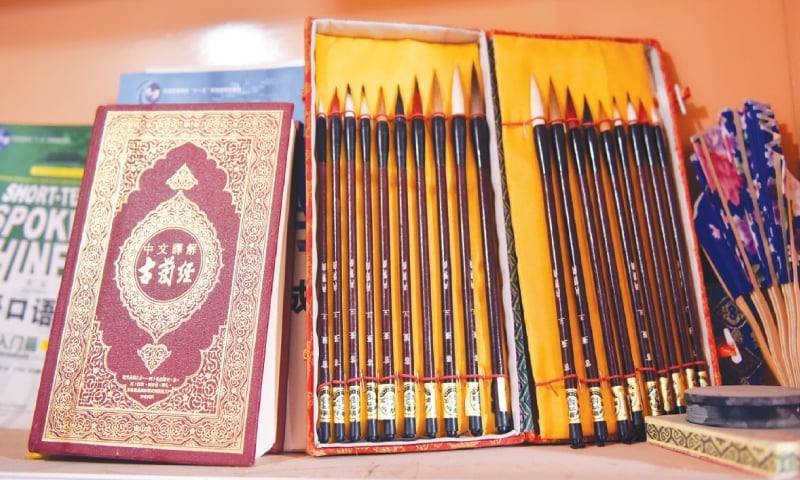
Under the MoU signed between the Sindh government education department and Chinese education department, schools in Sindh are to teach Mandarin while imparting knowledge about Chinese culture and values with the help of China. Under the scheme students learning Mandarin will be awarded extra marks, scholarships and be given opportunities for further education in China.
Though implementation of that decision is yet to be seen, there are some schools that have taken up the task of teaching Chinese to their pupils. One such chain of schools that goes by the name of the Roots School System (which has branches across Pakistan) has started doing it already.
The written word
Communication also includes publishing periodicals for the Chinese readership in Pakistan. The Chinese mean business and Huashang is the first business news magazine in Mandarin, which has been serving a readership of 25,000 for one year now. “We have a team of Chinese journalists and Chinese translators working to bring out this fortnightly magazine, which comes out alternately with an English edition one week and a Chinese one the next,” says Umar Farooq Alvi, an editor, at the magazine’s head office in Islamabad.
“The focus of the magazines is on business. We help Chinese companies looking to invest in Pakistan understand our market better,” Alvi explains.
The magazine only publishes 5,000 copies but to reach its wider readership an e-paper is available online and on Facebook, too. “Our copies are free. We earn through advertisements,” he says. “We publish advertisements for Chinese multinational companies looking for mergers with local business houses, we carry government advertisements too,” he adds.
Getting a good response for the publication, the magazine’s management recently met to look into bringing out both their English and Chinese publications simultaneously instead of on alternate weeks. “We are discussing it now. Let’s see what happens,” Alvi says.
Banking on the Chinese
Of late, some banks have also started attracting Chinese clients through their language. Habib Metropolitan Bank happens to be the trailblazer here. One can see the bank’s name is written both in English and in Chinese on the green board above the main entrance of some of their branches, one of them being at Bilawal Chowrangi.
Sheeza Ahmed, a senior manager looking at marketing at HabibMetro says they have Chinese business desks to look after their Chinese clientele at select branches. “Currently, there are five to 10 such branches across Pakistan with at least two to three in Karachi and also in other big cities such as Lahore and Islamabad along with the one in Gilgit and Gwadar,” she says. “We have specially-trained staff for these Chinese business desks who have received Chinese language training to help our Chinese friends feel comfortable dealing with our bank. Hopefully we will also be building on our Chinese clientele in the near future because of more investment opportunities coming up here due to CPEC,” she says.
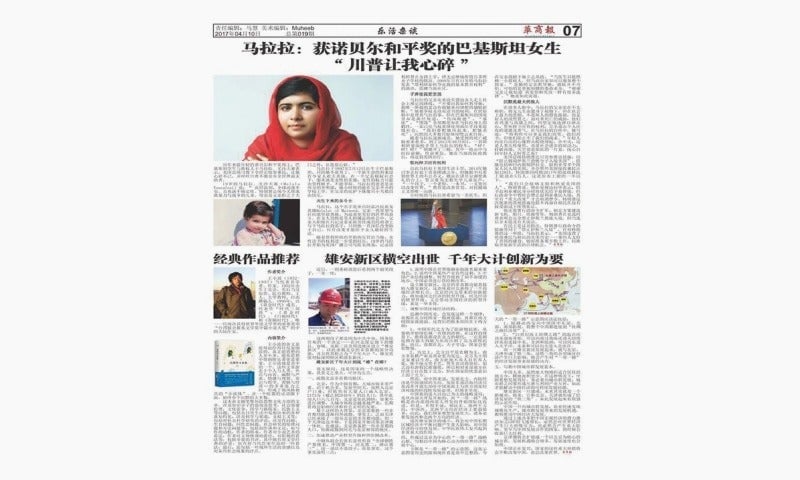
Another such Pakistani bank happens to be the United Bank Limited. During a recent trip to Gwadar, one could see big advertisements of the bank mounted on plaques at the airport lounge walls in both English and Chinese with pictures of the Great Wall of China.
Grocery shopping, the Chinese way
It is not about Pakistanis and their love for Pakistani-Chinese cuisine as we have enjoyed chicken corn soup, egg fried rice, noodles, sweet and sour prawns from time immemorial. It is more about whether our biryani, pulao, korma and nihari would suit the Chinese palate. In most cases it does not. And that’s what grocery stores such as Z Mart, owned by the food supply division of S. Zia-ul-Haq & Sons, does by offering Chinese groceries. The mezzanine floor of their outlet in Clifton, Karachi, boasts of a variety of neatly packaged Chinese spices and ingredients such as red long mushrooms, pickled sweet garlic, pickled kelp, pickled vegetable mix, hot pot soup, chilli threads, sweet meat seasoning, pickled mustard, red bean paste, and what not.
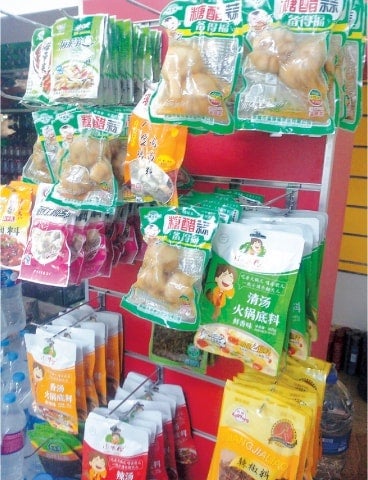
Abdul Rasheed, the shopkeeper at Z Mart, says that their company provides items subject to the demand for them. “We order containers full of Chinese food ingredients because our Chinese customers need them here,” Rasheed says. “There are so many of our Chinese friends coming to Pakistan for work because of CPEC now. We must provide them with what they want so that they can lead a comfortable life here. They should not have any problem in Pakistan and for this we have liaison officers who meet with them to find out about their preference and choice in foods and where to avail these from in China. And we get it for them,” he says.
Acting up
We see the Chinese as wise, well-meaning hard-working people and our friends, so why not see them in the romantic lead of a love story, too? Chalay Thay Saath is a Pakistani movie with a local heroine and a Chinese hero.
Movies are the prime medium to help audiences become comfortable with change or perhaps plant a new idea in their minds. “While drafting the story and script, the writer Atiya Zaidi, Umer Adil, the director and myself were skeptical initially,” says Beenish Umer, the producer of the movie. “We realised as a nation and culture giving a daughter away to another culture might not be well perceived. I remember we even had a few debates about reversing the roles, and making the leading male role Pakistani. But to be honest, after the film was released we felt the audience took very well to the story, to Adam’s character and to the Resham and Adam dynamics. Despite Chalay Thay Saath’s intention of not following a formula/masala film solution, it became a bittersweet love story which the audience grew to love,” she adds.
“To be certain, I’m sure after Chalay Thay Saath, and also taking from the current dynamics of real life relationships, the Pakistani film producers might also look into unorthodox connections and cultural differences while telling their stories. I can foresee other Pakistan-China stories as both the countries are trying to work together on co-productions,” the young producer predicts.
Of course, Resham, the heroine’s name in the movie is no coincidence. Shahrah-i-Resham or the Silk Road has served as the main artery for trade with China for a very long time now. And with CPEC, the friendship between the two countries has grown stronger. How CPEC shapes Pak-China relations in the future depends on the two countries’ approach it but one thing is for sure: Pakistan will never be the same again.
This article first appeared on Dawn.